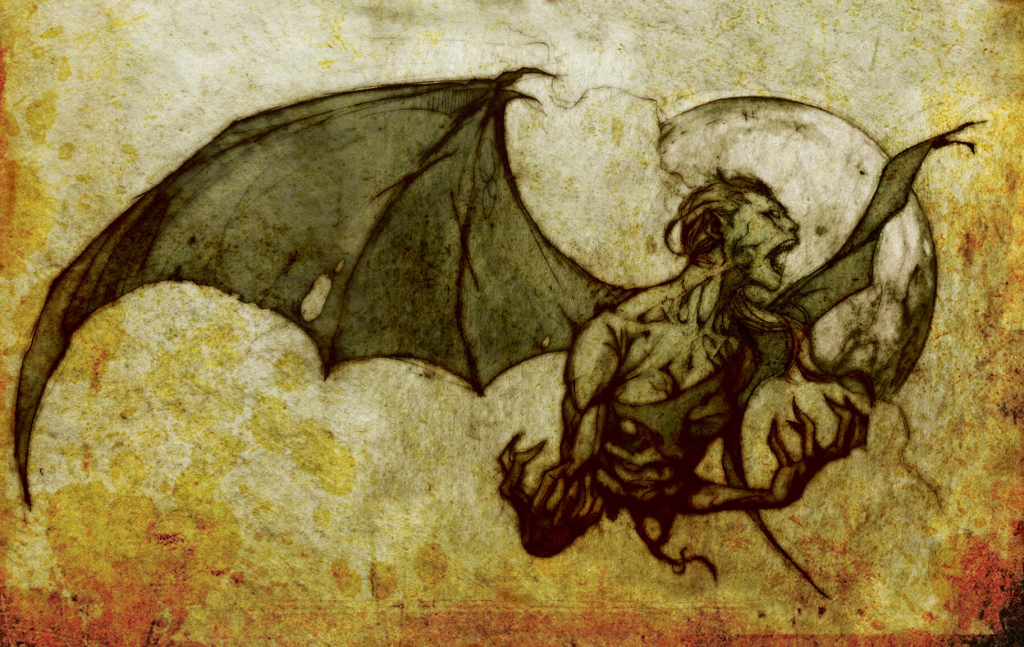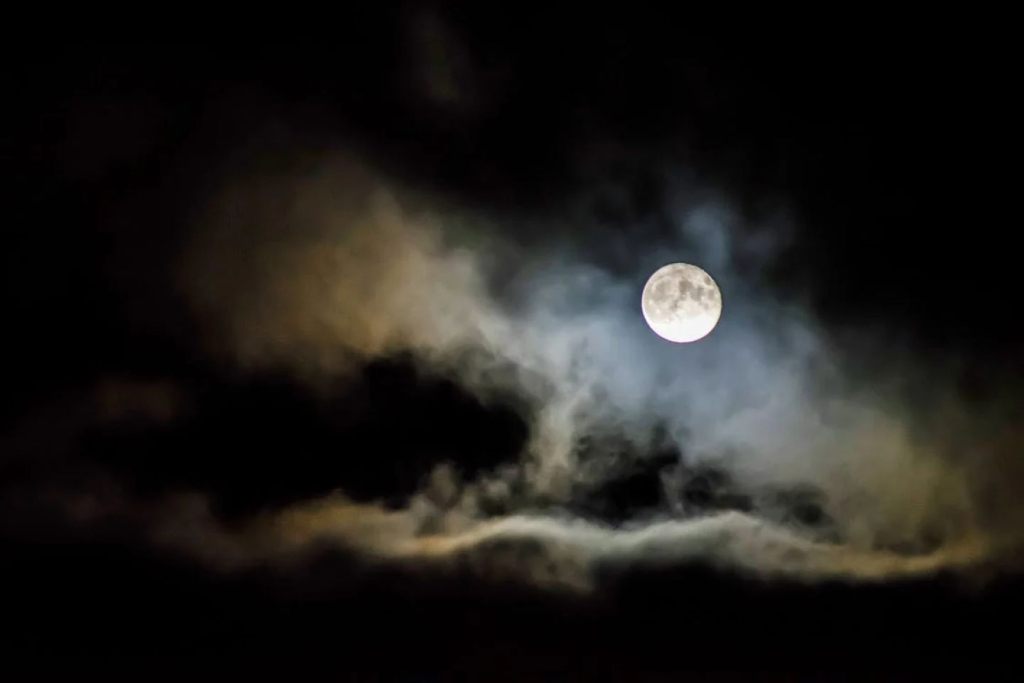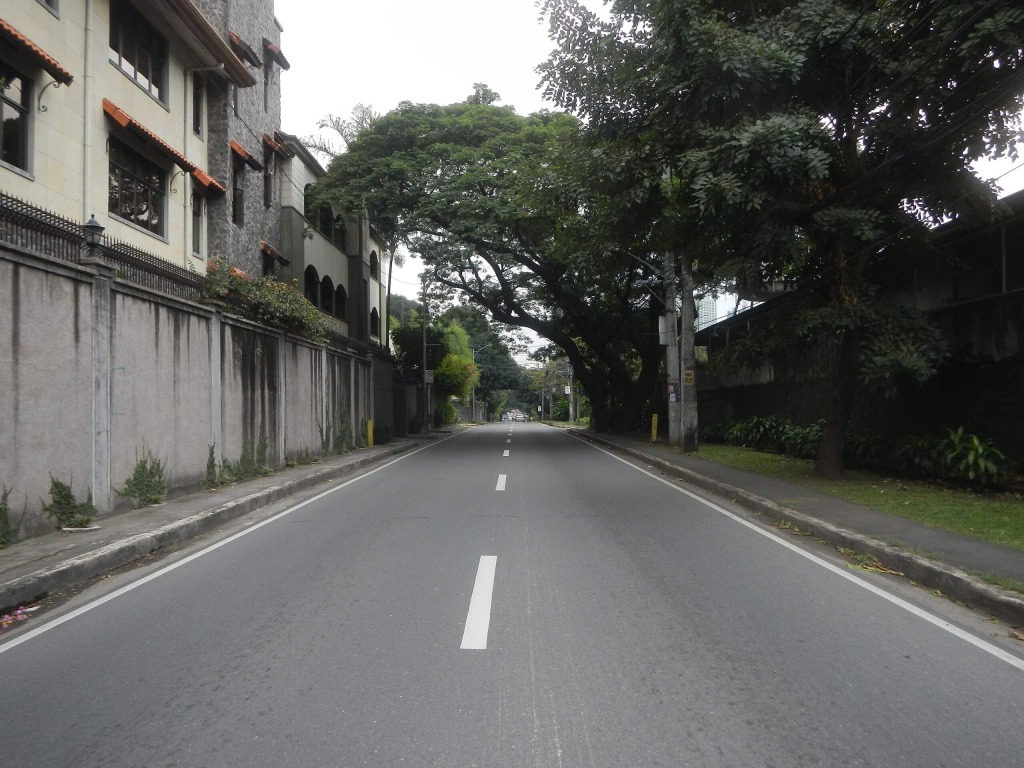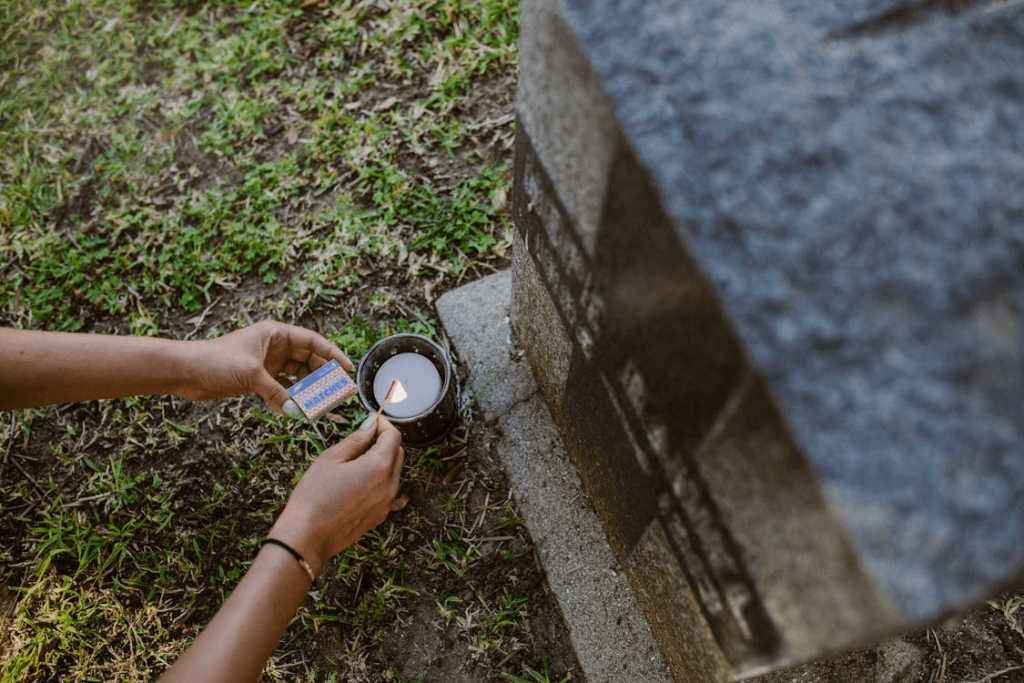Every year, Halloween in the Philippines takes a unique turn, blending spooky fun with heartfelt remembrance. While other countries may focus solely on costumes and candy, Filipinos bring out a mix of ancient folklore, sacred rituals, and modern festivities into the season.
The result is a holiday where Philippine mythology and folklore, cultural traditions, and community gatherings all come alive.
As families prepare to celebrate Halloween, they find themselves in this fusion of two worlds: the timeless stories of creatures and spirits that roam the mortal world, and the joyful laughter of kids collecting treats in their neighborhoods.
Let’s explore how myths, legends, and community practices intertwine during this exciting season.

Image by Gian Bernal, CC0
Folklore and spirits: Myths that haunt the mortal world
Filipino culture has a rich tradition of folklore and mythology, so it is no small wonder that these stories get amplified during the season of spirits. Ancient beliefs, for example, speak of evil spirits, fairies, and beings who move between the earth and the spirit realm.
From water creatures lurking in rivers to ghostly presences near trees and mountains, these stories reflect how our ancestors understood the mysteries of life, death, and the unseen, and it carried over until today.
Creatures of the night
When night falls during Halloween, many Filipino myths feel eerily alive. Some of the most enduring stories include:
The Aswang
A shape-shifting creature feared across the Philippines, and used by mothers to keep their children off the streets when darkness hits. The Aswang is said to feed on unsuspecting victims, particularly pregnant women and children – regardless a boy or a girl. Its most terrifying feature is its ability to detach its lower body, leaving only the upper torso flying through the air to hunt and eventually eat its prey. For centuries, rural communities have shared tales of their eerie cries in the night, which some say resemble a bird’s call.
The Tikbalang
Known in Philippine mythology as a trickster spirit, the Tikbalang has the body of a human and the head of a small portion of an animal, often a horse. Travelers who encountered it in forests were said to lose their way, endlessly circling paths until they performed rituals to break the spell.
Some believed the Tikbalang would deliberately mislead humans, laughing as it watched them wander. Still, others saw it as a guardian of nature, teaching respect for the forests and the earth it inhabited.

Photo by Joonas kääriäinen
Water Creatures and the Moon
The seas and rivers of the Philippines are also home to chilling legends of water creatures like the Sirena. These beings, part fish and part woman, were said to appear during moonlit nights, their voices luring fishermen to their doom.
Some stories compare them to dragons or sea gods, guardians of the waters who punished those who disrespected nature. Fisherfolk often shared tales of seeing mysterious forms in the waves or hearing singing beneath the moon, leaving many to wonder if these creatures truly lived among us.
The Amomongo
Known as a wild, ape-like creature, the Amomongo is often compared to the yeti or Bigfoot. Described as a hairy human-like figure that preys on small animals like chickens and goats, it’s a tale that has terrified local farmers for years.
Some believed sightings were linked to strange noises in the dark or livestock mysteriously disappearing at night.
Fairies and Gods
Beyond terrifying monsters, Filipino mythology also includes stories of fairies and god-like beings who influenced daily life.
Some were benevolent, blessing harvests or protecting families, while others were believed to bring illness or misfortune. Communities once left small offerings of food or flowers at trees and rivers, hoping to win their favor.
Even today, older generations share these stories with children, keeping alive a sense of reverence for both nature and the spiritual.
Urban myths haunting generations
Most urban horror tales have a terrifying figure often associated with roadsides and abandoned places. In Quezon City, for instance, stories of a wandering white lady continue to be told, and similar stories can be found associated with other streets across the Philippines.

Balete Drive in Quezon City, by Judgefloro, CC0
The White Lady of Balete Drive
Probably the most famous urban legend in the Philippines, the White Lady is said to appear along Balete Drive in Quezon City. Many drivers have shared stories of her suddenly appearing in the backseat, only to vanish moments later.
Some connect her presence to a restless spirit seeking justice, while others view her as a warning for careless travelers. Similar tales of mysterious women dressed in white can be found along other provincial roads, making this figure a recurring part of Filipino folklore.
Lingering Ghosts in University Campuses
Several schools and universities are believed to be home to restless souls. Students often whisper about haunted libraries, old dormitories, and abandoned classrooms where spirits are said to linger. Stories describe late-night encounters: footsteps echoing in empty halls or books moving without explanation.
The Headless Priest
In some old churches across the country, locals tell of a priest who lost his life under tragic circumstances. Witnesses claim to see a figure dressed in robes walking slowly through the aisles without a head.
The apparition is often said to appear during the first two days of November, when families visit graves and attend All Saints’ Day masses.
Haunted Hospitals
Old and abandoned hospitals, especially those in Manila and provincial cities, are often believed to be filled with wandering souls. Nurses and staff who once worked in these wards share chilling tales of seeing patients still lying in their beds, even though the rooms were long empty.
Visitors have also reported cold spots, sudden chills, or even hearing faint cries in the corridors.
Keeping the stories alive: Why myths still matter
Why do these old myths and stories continue to thrive? In many ways, they provide context for how Filipinos view the cycle of life and death, reminding us that the spirits of the past are never far. They also serve as cautionary tales, teaching children to be careful, respectful, and aware of their surroundings.
At the same time, Halloween offers a chance to enjoy both fun and reflection. In a way, it’s a reminder of our connection with the souls and lives that came before us.
Through folklore, beliefs, and the act of storytelling, myths remain alive, not just as terrifying tales told at night, but as cultural treasures that connect us to our history.
Family and community celebrations
Despite the eerie legends, Filipino Halloween celebrations are also filled with joy. For children, the highlight is often trick-or-treating in costumes. Many neighborhoods organize events, from costume contests to community treats. The kids laugh, run, and collect candy, turning the night into a memory-filled adventure.
For adults, a Halloween party with friends brings laughter, food, and even playful tricks. The excitement of dressing up in costumes bridges generations, with parents, teens, and kids alike joining in the fun.

Photo by RDNE Stock project
Tradition and modern fun
Halloween in the Philippines is far more than just tricks, treats, and costumes. The season includes Araw ng mga Santo (All Saints’ Day) and Araw ng mga Patay (All Souls’ Day), which Filipinos observe during the first two days of November.
During this time, families visit graves, bring candles, and offer flowers and food to honor departed loved ones. This is how many Filipinos show respect for souls and keep their memories alive.
At the same time, Halloween celebrations today are filled with modern fun. Families decorate the house, children go trick-or-treating, and adults attend a Halloween party with friends.
Communities across the world, including here at home, embrace this duality of solemn remembrance blended with joyful holiday festivities.
A community that preserves Filipino traditions through the decades
Discover a community where traditions, stories, and celebrations thrive. Explore Camella’s neighborhoods across the Philippines, where every holiday is a chance to make memories with loved ones.

Celebrate Life’s Milestones in Camella!
Make unforgettable memories in a Camella home.
Our communities are designed to elevate your living experience.


